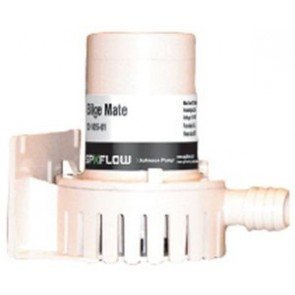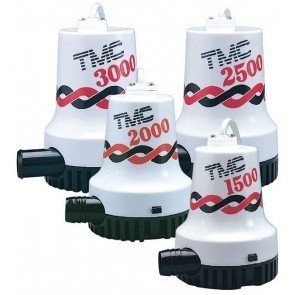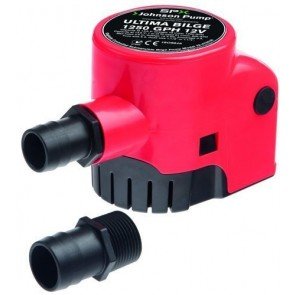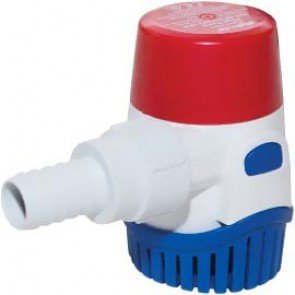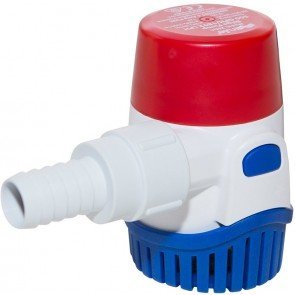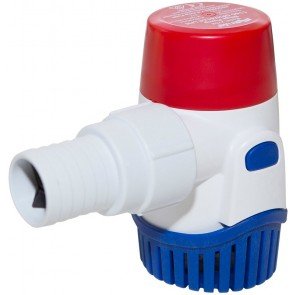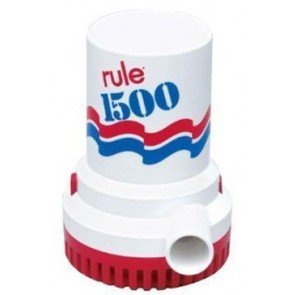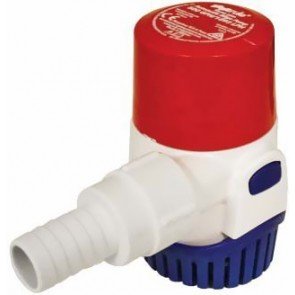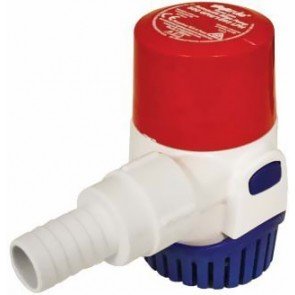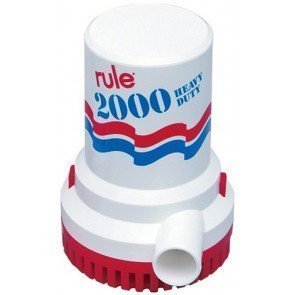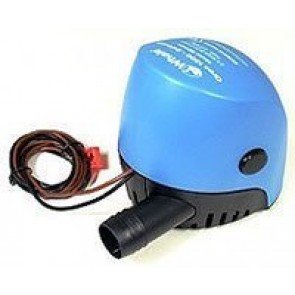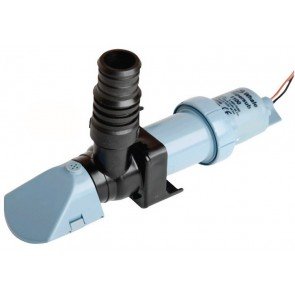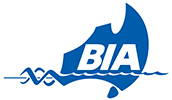What size Bilge Pump do I need?
There are too many boaters who operate in Australia without a >Bilge Pump, or a quality one at that.
Using the right pump will give you the best possible chance of staying afloat when your Boat is compromised, as a >Bilge Pump is used to clear the liquid build up within the Bilge of a vessel.
Sometimes located within the Hull below the floor boards, Bilge pumps are often made to be submersible and do not cause sparks which is essential since Bilge water is often a mixture of fuel and other liquids which have congregated in the Bilge.
There are a few types of Bilge pumps including:
- - Manual Pumps - manually operated with water physically pumped out, valuable as a standby option. Such as the Whale Gusher 10 MK3 Manual Bilge Pump
- - Centrifugal Pumps - rely on a spinning wheel driven by a Shaft to pump water, able to run for short periods of time without any water. Such as the Whale Submersible Pump
- - Diaphragm Pumps - move fluid by making use of a membrane increasing and decreasing the volume of a pumping chamber. Uses a strainer on the intake side, self-priming pump. Such as the Gulper Toilet Pump
- - Automatic Pumps - operate automatically but are reliant on a switch to start. Regulate water level. Such as Whale Supersub Smart650 Automatic Bilge Pump Switches including:
- Float Switch - which works on the level of water in the Bilge, as it increases to a point above the float on the switch, pump is engaged. Automatically stops once below that point.
- Electric Sensor Switch - which automatically switches on by sensing the presence of water through the plastic housing. With no moving parts, wear and tear is reduced.
Electric Bilge pumps are often fitted with Float Switches which automatically switch the pump on once the Bilge water gets to a set level.
The most important thing is selecting the correct model pump for your Boat. The size, model and build of your Boat will greatly factor in the choice of which pump you will ultimately select.
All electric pumps are rated according to how much water they can move, with the unimpeded flow measured in gallons per hour or gallons per minute.
Just don't fall into the trap of thinking that a small Boat needs a small pump, as lower sides and smaller compartments mean that they are quickly affected by water ingress.
Small to Medium sized powered vessels:
- - Under 5.5m - 1135 to 1892lph (litres per hour)/under 18 feet - 300 to 500gph (gallons per hour)
- - 5.5 to 7m - 1703 to 2649lph/18 to 23 feet - 450 to 700gph
- - 7 to 7.9m - 3785 to 4163lph/22 to 26 feet - 100 to 1100gph
Larger Powerboats:
- - 7.9 to 9.1m - 3028 to 4542lph/26 to 30 feet - 800 to 1200gph
- - 9.1 to 10.7m - 3785 to 6056lph/30 to 35 feet - 100 to 1600gph
- - 10.7 to 12.2 - 6056 to 8327lph/35 to 40 feet - 1600 to 2200gph
- - 12.2 to 13.7m - 7570 to 15141lph/40 to 45 feet - 2000 to 4000gph
Sail Boats:
- - 6.7 to 7.9m - 2271 to 3028lph/22 to 26 feet - 600 to 800gph
- - 7.9 to 9.1m - 3028 to 3785lph/26 to 30 feet - 800 to 1000gph
- - 9.1 to 10.7m - 3785 to 6056lph/30 to 35 feet - 1000 to 1600gph
- - 10.7 to 12.2 - 6056 to 7570lph/35 to 40 feet - 1600 to 2200gph
- - 12.2 to 13.7m - 7570 to 15141lph/40 to 45 feet - 2000 to 4000gph
Final Tips: Fitting an oversized pump is a good idea. Always stick to the manufacturers recommendations with regards to wire grades and thicknesses. Keep discharge hoses as small as possible. Use smooth bore hoses. Use vented loops if the Thru Hull fitting on the outlet side can be submerged.
For more information and advice on which >Bilge Pump would best suit your vessel, contact us at CH Smith Marine in store or online.
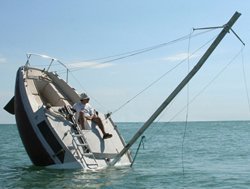
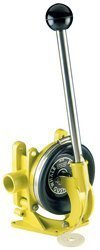

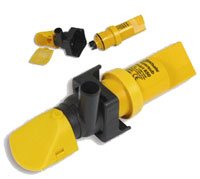
Related Products
-
SPX Johnson First Mate Bilge Pump
RRP: $79.90
NOW: $74.35
-
Bilge Pumps Submersible - TMC - 12V
-
Bilge Pumps Submersible - Johnson
-
Bilge Pumps Submersible - TMC - 24V
-
Johnson 12V Ultima Bilge Pump
-
Rule 360 Next Gen Submersible Bilge Pump
$62.00 -
Rule 500 Next Gen Submersible Bilge Pumps
RRP: $77.00
NOW: $72.50
-
Rule 800 Next Gen Submersible Bilge Pumps
RRP: $90.00
NOW: $83.50
-
Rule 1100 Next Gen Submersible Bilge Pumps
RRP: $115.00
NOW: $106.00
-
Rule 1100 Next Gen Automatic Submersible Bilge Pump
-
Rule 1500 Bilge Pump
-
Rule 500 Next Gen Automatic Submersible Bilge Pump
-
Rule Next Gen Automatic Submersible Bilge Pumps
-
Rule 2000 Bilge Pumps
-
Rule 3700 Bilge Pumps
-
TMC Compact Bilge Pump
-
Whale Orca Bilge Pump
-
Whale Orca Auto 1300 Bilge Pump
-
Whale Supersub Bilge Pumps
-
Whale Gusher Urchin Bilge Pumps

